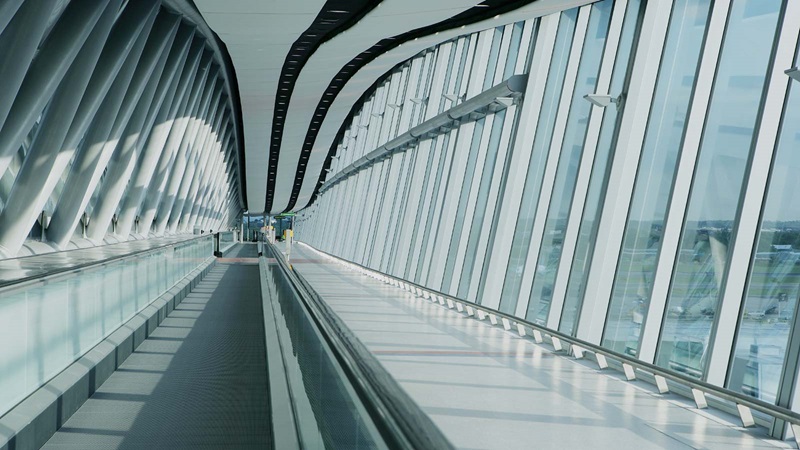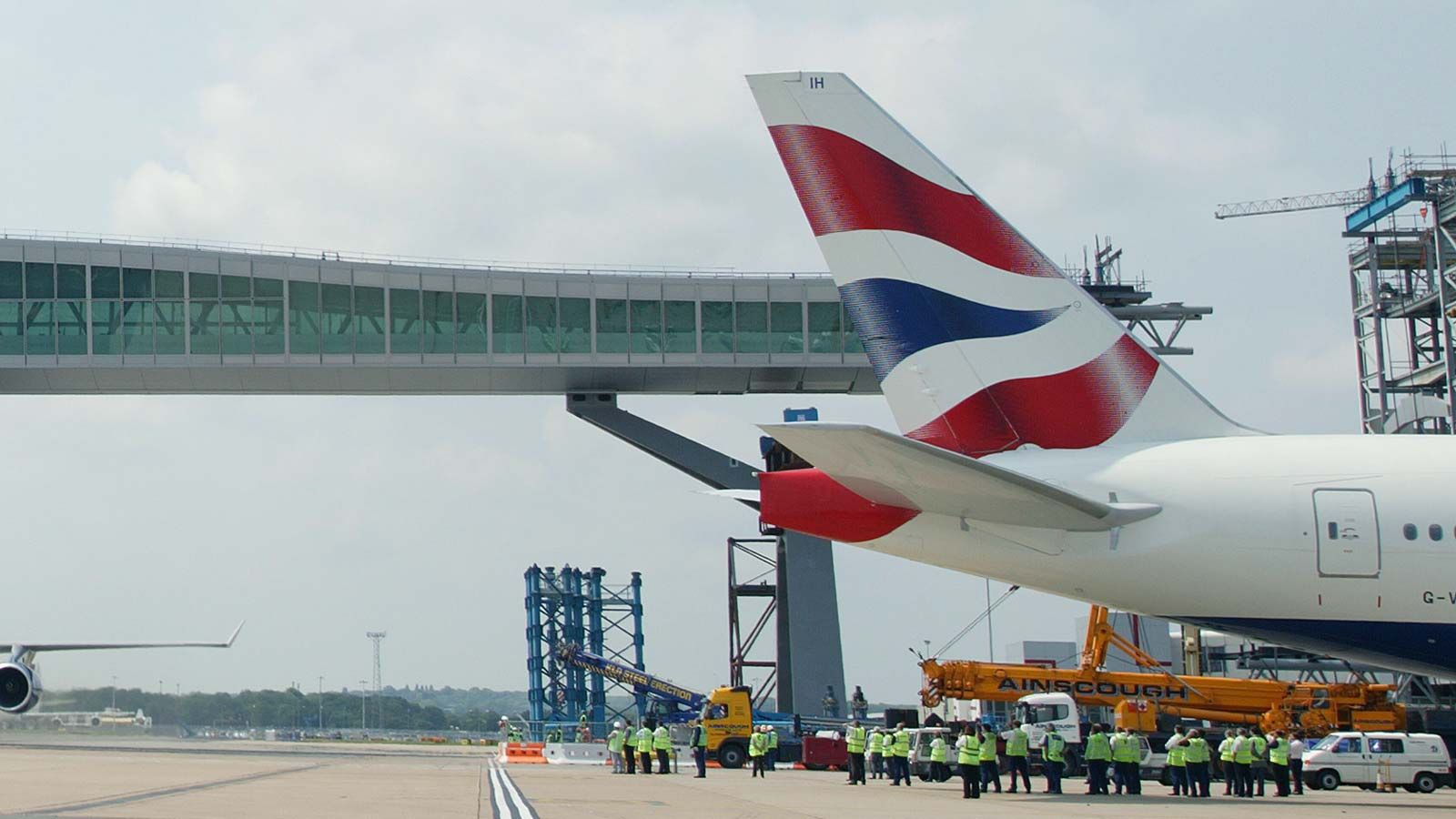A bridge a Boeing can fit under
Mace worked with Gatwick to manage the construction of a new bridge linking the North Terminal to the new Pier 6, an 11 aircraft standing building. A UK first, the bridge used prefabricated techniques and materials and was moved into position in a single night.
Gatwick Pier 6 Bridge and Taxiway Project summary
Client
Gatwick Airport
Services provided
Project and programme management, Construction management, Construct, Consult
Sectors
Locations
UK and Europe, UK - London and south-east England
CloseProject story
Gatwick Airport is the sixth busiest international airport in the world, and is the world’s busiest airport featuring a single runway operation.
The Pier 6 development at Gatwick was built as part of expansion plans to increase the capacity of the airport's North Terminal. Mace managed the construction of the new satellite building housing 11 aircraft stands, and a 197m long pier bridge linking it to the North Terminal building. The pier bridge spans a live taxiway, and had to be sufficiently wide and high enough to allow an aircraft the size of a Boeing 747-400 to pass underneath. A landmark project, it is the first of its kind at any airport in the UK, and the largest development since the North Terminal opened in 1988.
We led an innovative approach to this project involving extensive off-site fabrication. In fact, 73% of Pier 6 was built using prefabricated elements and components, maximising the benefit of pre-assembly techniques. The pier connector was constructed off-site to ensure minimum disruption to airport operations, construction in-situ would have closed the taxiway for more than six months, resulting in a huge financial impact to BAA through loss of revenue.

Project stats
“A landmark structure in one of the world’s busiest airports, providing a link for passengers between the North Terminal and the new satellite building. The flowing, curved shape of the bridge provides a unique experience for passengers as they pass high above moving aircraft.”












